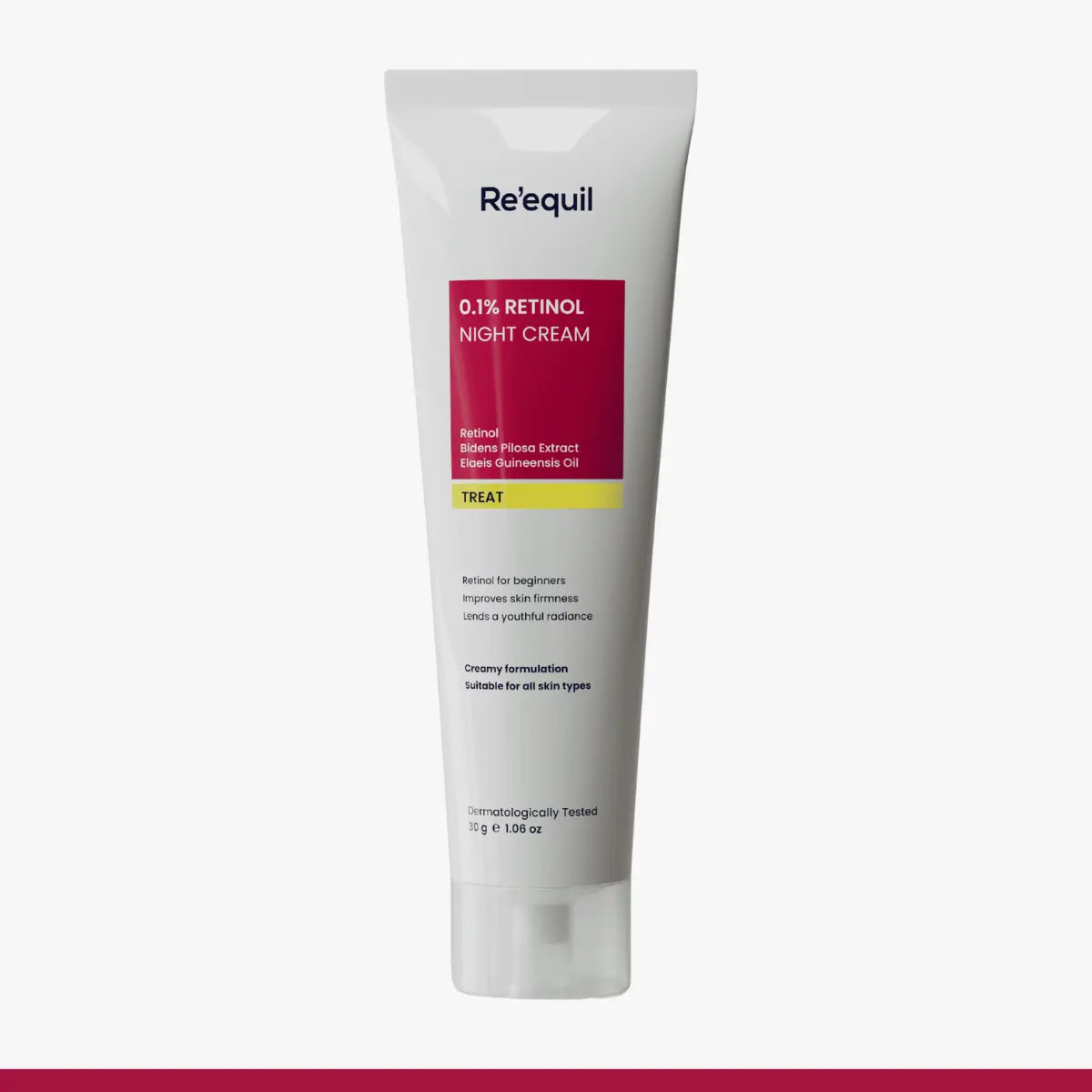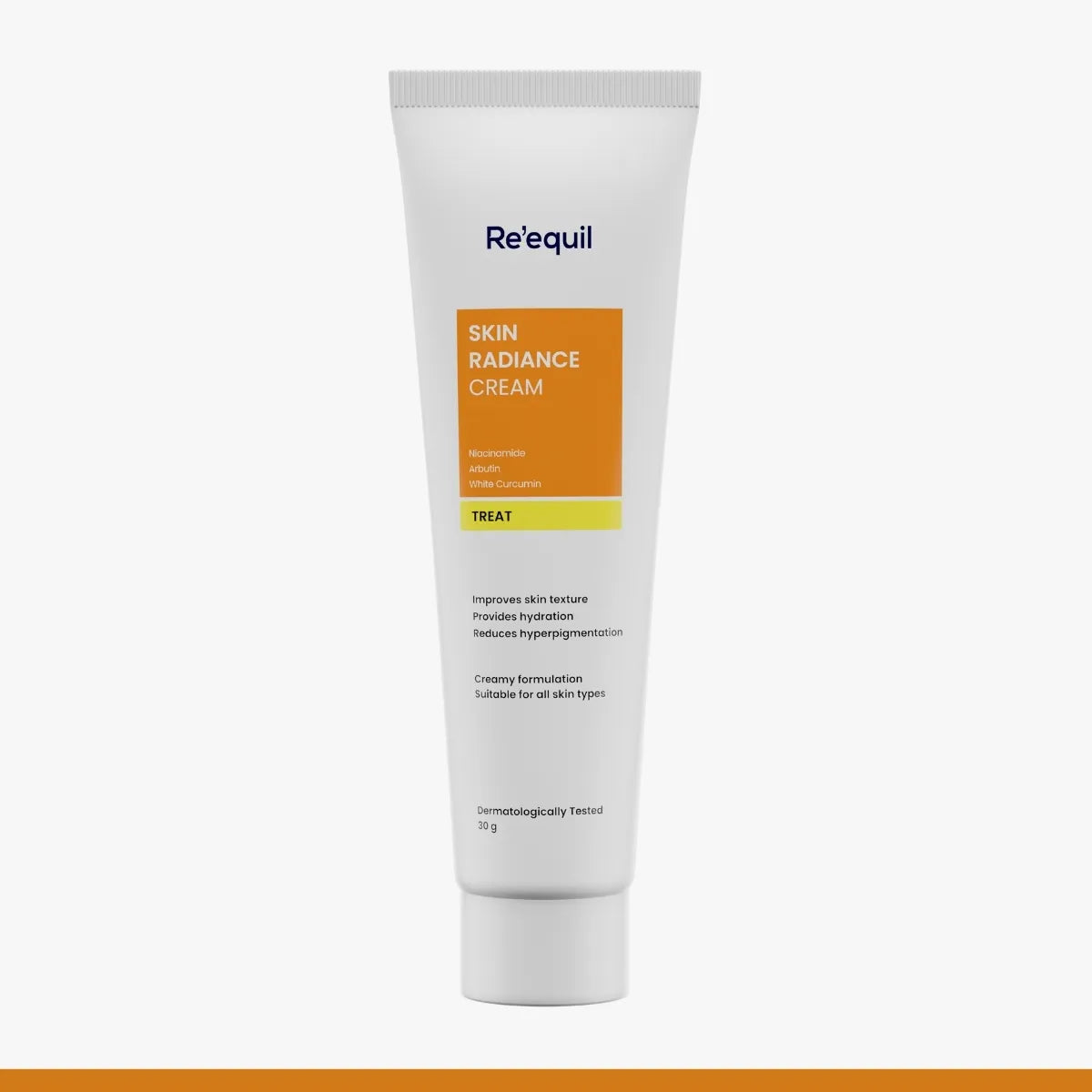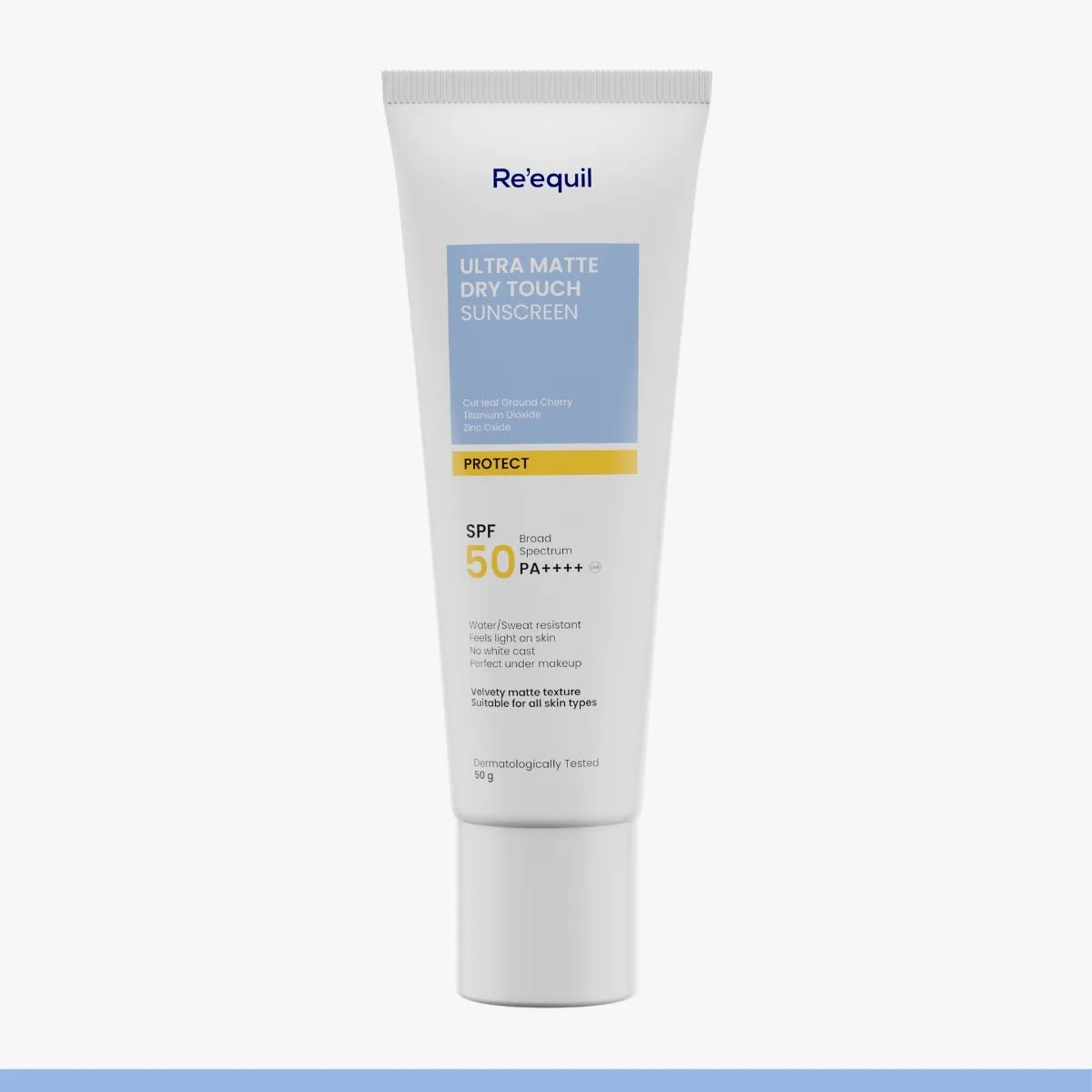Tara had a sugar tooth and lived for desserts.
Sameer smoked since he was seventeen.
My affair with fried, processed, junk food? Unending.
Throughout college, we were ‘The Three Musketeers With Acne’, pretending as if the acne never bothered us. It did.
Fast forward to today, and I work with a skincare brand.
How ironic! Or poetic! Perhaps both!
Somewhere between campaign meetings and brainstorming ideas, I started learning the science I had always ignored.
I ensured those insights reached Tara and Sameer — and now to you.
The beginning however, was with the discovery that my fries came with a rating system of their own.
It’s called ‘glycemic index’
Have you ever heard of it before?
I did, when I was reading about diets and their link to acne.
I constantly stumbled upon a word called glycemic index (GI). It’s basically a score for how fast food spikes your blood sugar; the higher the score, the faster your skin flares.
Here’s how it works:
According to research published in Experimental Dermatology (Dermatology journal of the ADF, Germany), our body releases insulin, a hormone that lowers blood sugar. High insulin levels increase hormones called Insulin-like Growth Factor 1 (IGF-1). Both of these hormones increase sebum production and stimulate skin cell growth.
The result? New breakouts.
If something as harmless as comfort food could turn this hostile, what would the effects of other comforts be? Sameer’s cigarettes? Tara’s desserts?
The thought compelled me to read more.
“It’s Atypical Post-Adolescent Acne…”
“Or smoker’s acne,” I said to Sameer when I met him. “Quit smoking and your acne would improve.” I continued.
I knew he wouldn't budge. Yet, I gave it another shot by rattling off words like lipid peroxidation, vasoconstriction, and hyperkeratinization.
He rolled his eyes, but I caught him googling them later.
Here’s what I wanted him to understand:
Cigarette smoke thickens the oil in your skin (lipid peroxidation), shrinks blood vessels (vasoconstriction), and overproduces skin cells (hyperkeratinization).
Sticky oil, dead skin cells, and delayed healing result in what we know as smoker’s acne.
Now, if you’re wondering if Sameer learnt his lessons and stopped smoking, he didn’t. And I was disappointed.
However, I was happy for Tara.
“Your skin is producing oil to celebrate the desserts you consume.”
That's precisely what I told Tara on our call.
The problem with her sugar was the same as my fries. The mechanism for both remains the same.
Hence, convincing her to cut down on sugar wasn’t tedious. I simply gave her a context of high GI, and she figured out the rest.
The science was simple: foods with high sugar content (chocolates, soft drinks, cakes, brownies, etc.) are high on the GI scale.
And, as we discussed earlier, such foods trigger insulin secretion, which in turn stimulates IGF-1 production. Both come together to overproduce sebum and clog pores. Hence, acne.
“Write about the little habits.”
When I told Tara I was working on this letter, she asked me to incorporate some of the tips that helped her with acne.
Most of them were simple lifestyle adjustments, so I’ll just list the top 3.
- Focus on your diet. Include healthy fat, essential fibre and vitamins.
- Exercise, work out, or play a sport. Anything that keeps your body moving works. It sounds small, but it has a lot to do with how your internal hormones function.
- Give your body the rest it deserves. Proper rest is essential for managing stress.
We often talk about acne as if it’s a skincare issue, but most of the time, it’s a lifestyle issue.
You’ll meet many people who’ll try convincing you that your diet doesn’t directly affect your skin.
For those, remember our stories.
All the best!




